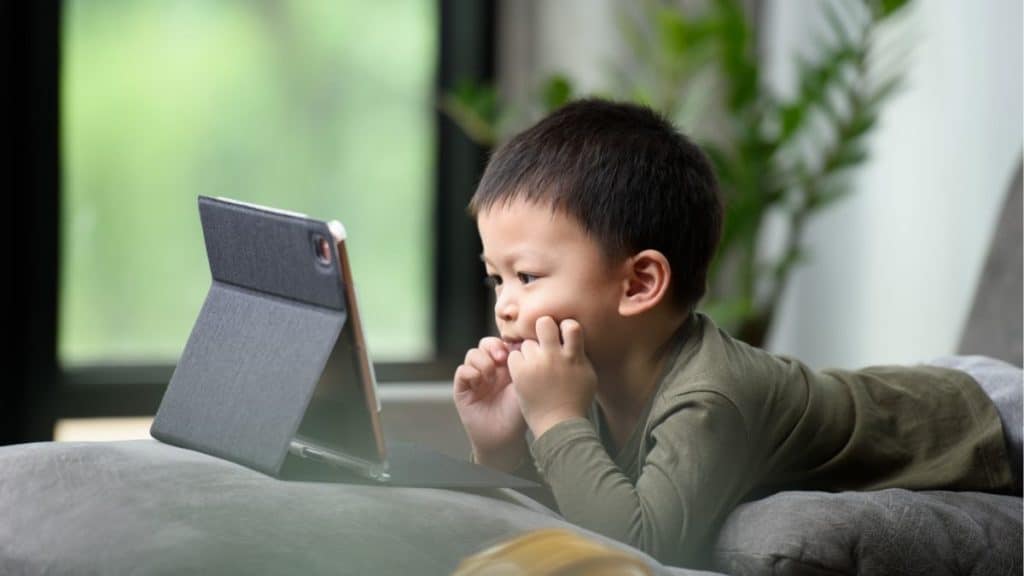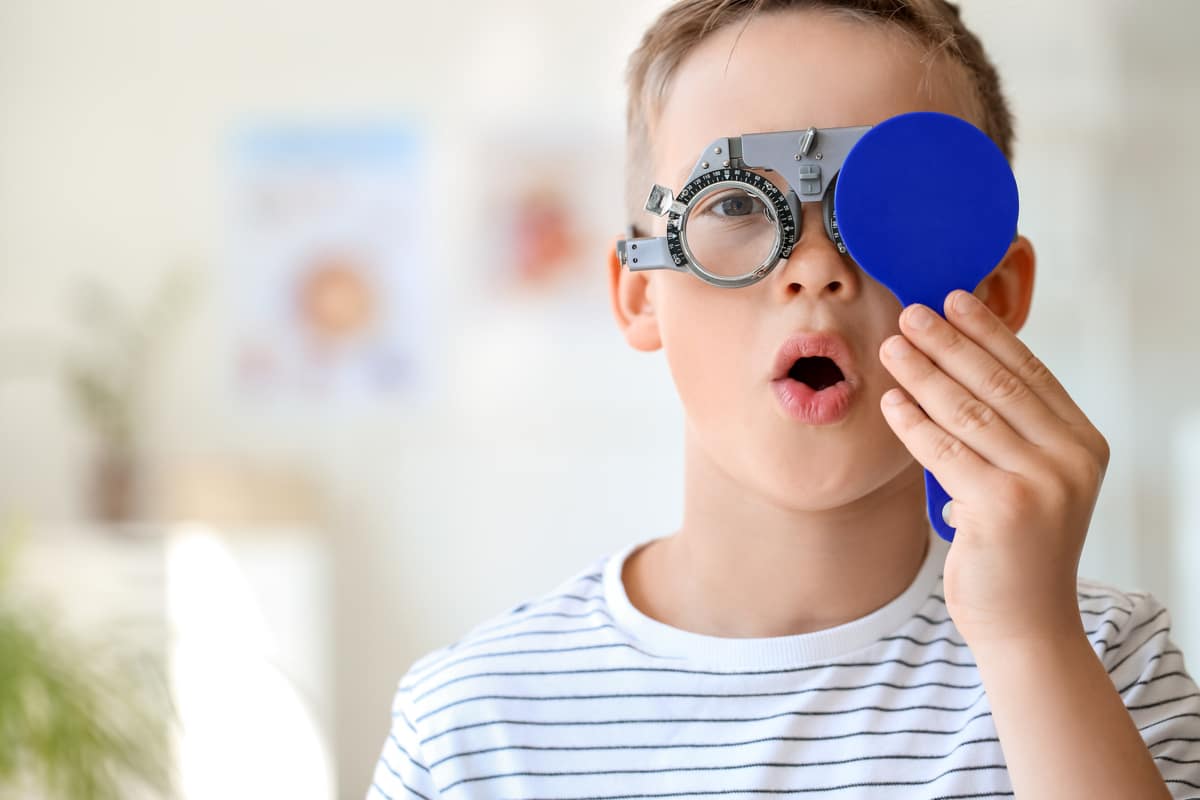As parents, we’ve all faced the same question at some point: how much screen time is too much for children? It’s not always easy to find the right balance. Between school, entertainment, and downtime, screens are everywhere, and they’re not going away. What matters most is how we manage that time to support our kids’ health, development, and daily routines.
Why Screen Time Matters for Growing Minds
The effects of screen time on growing minds go beyond mere entertainment. As children develop, their brains are highly impressionable, and their activities significantly shape their cognitive, emotional, and physical well-being. Addressing this crucial developmental phase is essential for parents and caregivers, particularly as unmanaged screen time can contribute to vision problems in children.
Cognitive and Emotional Development
The brain rapidly develops during early childhood. Interactive play, reading, and face-to-face conversations support language, problem-solving, and emotional regulation. Excessive screen exposure—especially passive viewing—can crowd out these essential activities. Pediatricians often urge parents to be mindful of how screens are used, not just how long they’re on.
Sleep and Attention
Screen time, particularly before bed, can interfere with natural sleep cycles. Blue light exposure suppresses melatonin, the hormone that signals it’s time to sleep. Sleep disruptions can lead to fatigue, difficulty concentrating, and behavioral challenges during the day. Managing both the duration and timing of screen use can help children rest better and focus more easily.
How Much Screen Time Is Okay?
In a world increasingly dominated by digital devices, one of the most common questions parents ask is about appropriate screen time limits for their children. While screens can offer educational and entertainment benefits, experts emphasize the importance of mindful usage to support healthy development. Regular monitoring through a children’s eye exam can also help ensure screens aren’t negatively impacting their vision.
Expert Guidelines
According to the American Academy of Pediatrics:
- Children under 18 months: Avoid screen use, except for video chatting.
- Ages 18 to 24 months: Limited exposure to high-quality content, with a caregiver present to guide interaction.
- Ages 2 to 5 years: No more than 1 hour per day of high-quality programming, co-viewed with a parent.
- Ages 6 and older: Consistent limits that ensure screens don’t interfere with sleep, physical activity, or social time.
These recommendations aren’t meant to eliminate screen time but to help families build habits that support a child’s well-being.
Quality Over Quantity
The content a child consumes is just as important as the time spent watching it. Educational programs, interactive learning tools, and age-appropriate games can offer value, especially when parents or caregivers engage alongside them. On the other hand, fast-paced, overstimulating media may negatively affect attention spans and behavior.
Building Healthy Screen Habits
Navigating the digital world with children involves more than just setting time limits. It’s about fostering balanced and intentional habits around screen use. Establishing a healthy relationship with technology early on can enhance overall well-being and development.
Create Screen-Free Zones
Designate areas in your home, such as bedrooms and the dinner table, where devices are prohibited. This will encourage better sleep and more meaningful family connections.
Model Mindful Use
Children tend to mirror the behavior of adults. Kids will follow suit if parents constantly check phones or use screens during meals. Demonstrating mindful technology use can set the tone for your household.
Use Parental Controls and Monitor Content
Take advantage of built-in controls to limit screen time and block inappropriate material. Check in regularly to see what your child is watching or playing. Having open conversations about online safety is as essential as setting time limits.
When to Seek Help

If screen time interferes with your child’s learning, behavior, or physical health, seeking professional help is crucial. Excessive screen use can manifest as digital eye strain, dry eyes, or blurred vision. To proactively monitor and address any vision issues, get a comprehensive eye exam to ensure your child’s eyes are healthy and unaffected.
Setting healthy boundaries around screen time for children doesn’t mean eliminating technology—it means using it wisely. With a thoughtful approach, screens can be a helpful part of a balanced routine. If your child shows signs of eye strain or difficulty seeing clearly, contact Art of Optiks today.




